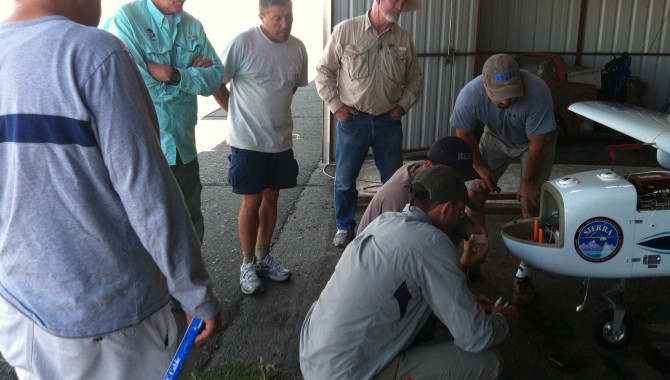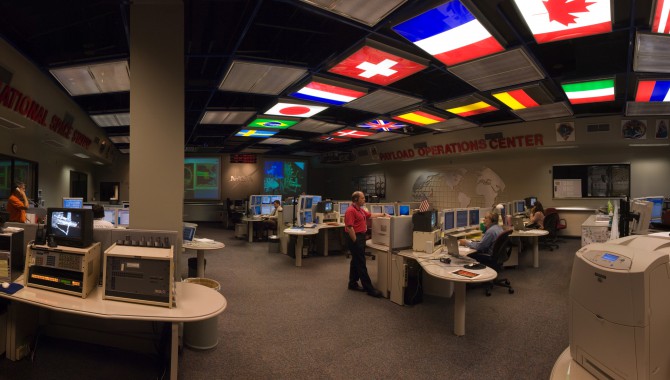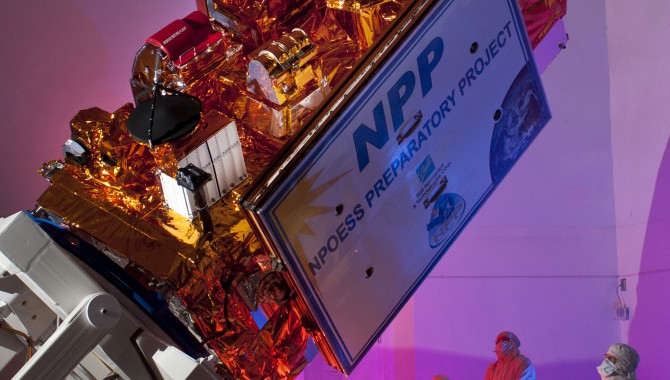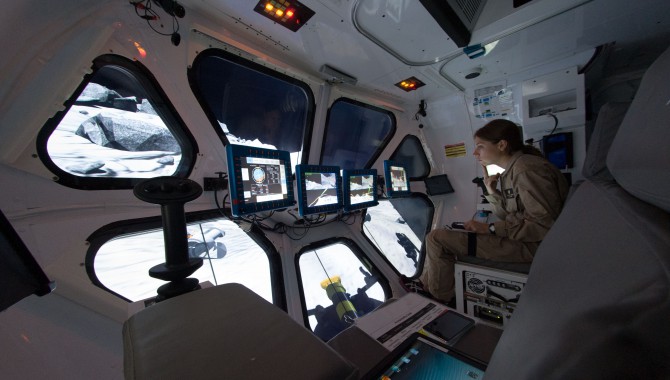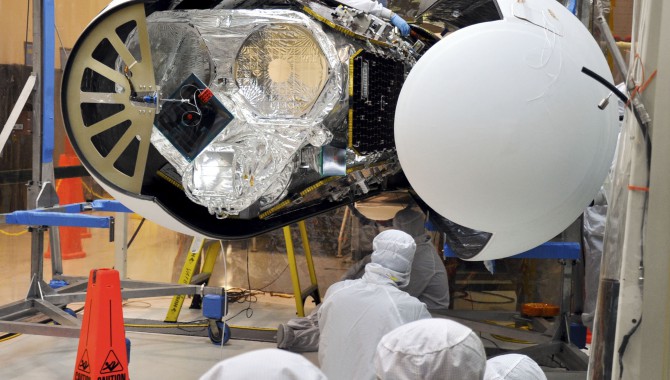
By Don Cohen NuSTAR, the Nuclear Spectroscopic Telescope Array, contains the first focusing telescopes designed to look at high-energy X-ray radiation on orbit. It is expected to contribute to a better understanding of collapsing stars and black holes.







